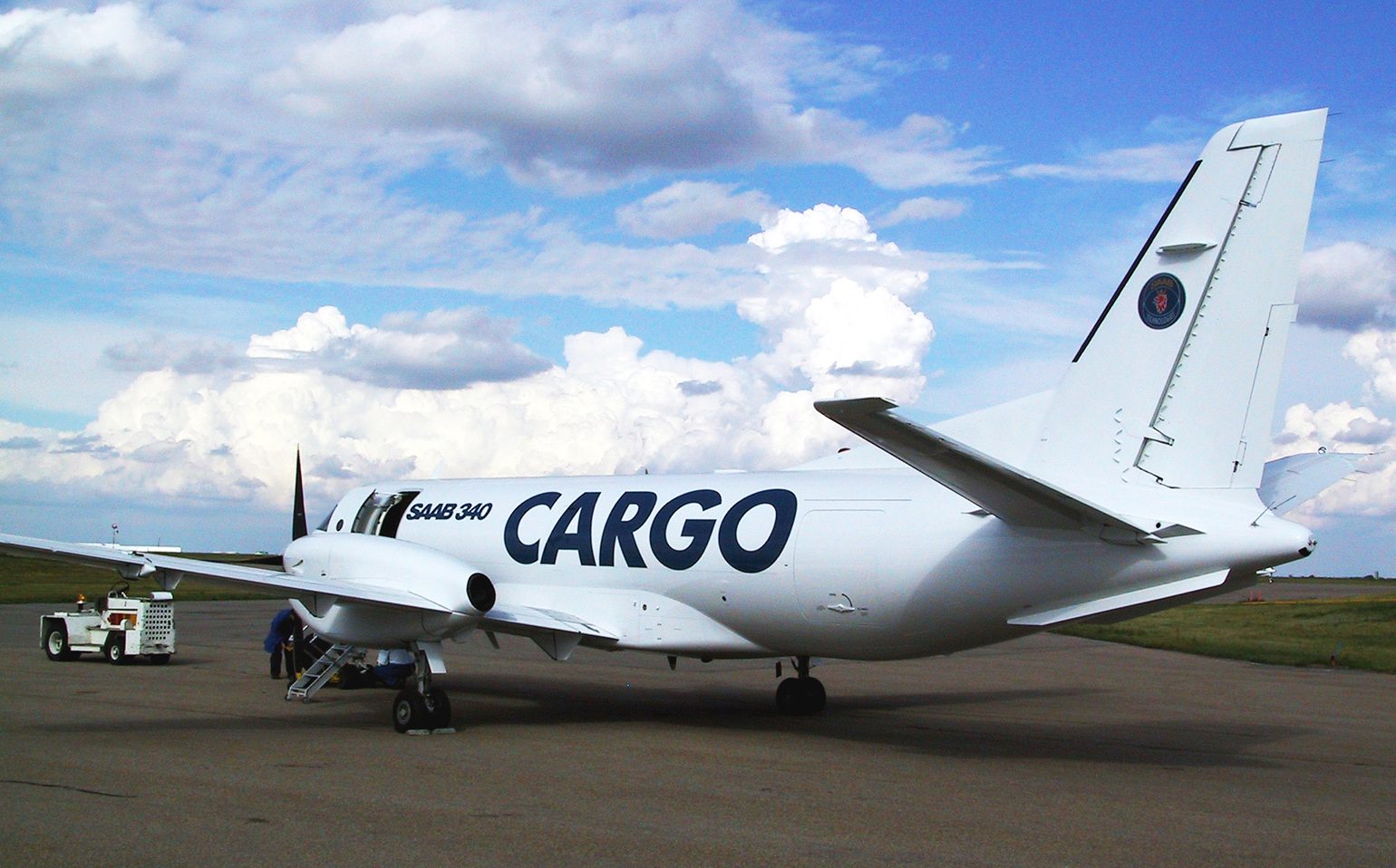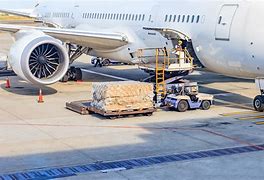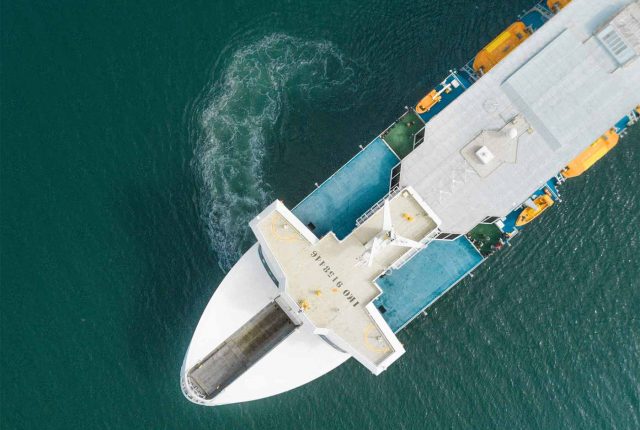


The Future of Flight
The COVID-19 pandemic has been the most severe crisis in civil aviation since World War II. The International Air Transport Association (IATA) has estimated worldwide airline industry losses at $84 billion for 2020. By April 2020, air traffic in most markets plummeted by a factor above 90% of the same time in the previous year. By May 2022, traffic levels were back to 95% of pre-pandemic levels. The shift towards forms of teleworking, tele-education, and teleconferences may engender enduring changes in business travel behavior as it did for several service functions. Leisure travel behavior may also change. For instance, in 2021 tourists prefered shorter, domestic or regional nonstop flights to the increased exposure that comes with long-distance travel via hubs, including the burden of regulations, testing and quarantine procedures associated with international travel.
The pandemic may also accelerate the shift away from full-service airlines toward LCCs. Budget airlines’ point-to-point networks could prove nimbler in responding to the changing landscape and overall reduced traffic volumes. At least a large number of network carriers’ A380s and B747s parked in desert “boneyards” will never again carry passengers. For instance, Air France retired its A380 fleet in 2022. Between 2020 and 2022, the COVID-19 crisis shifted the balance of the industry toward cargo. Freight rates jumped during the pandemic, and cargo’s share of industry revenue soared from 12 percent in 2019 to 26 percent in 2020. Some airlines even converted a part of their passenger planes into cargo planes to take advantage of historically high freight rates that resulted.

Some of the shifts in the airline industry during the COVID-19 crisis may prove short-lived as traffic levels recover. In the longer term, however, there are numerous clouds on the horizon for civil aviation. First, the airline industry must be financially strong enough to continue to afford new generations of aircraft upon which further gains in efficiency and improved environmental performance depend. The development costs of new jetliners, even after adjusting for inflation, are unprecedented, partly because the latest generation of aircraft incorporates so many complex interfacing systems. The financial health of the industry’s largest airlines is particularly important because great carriers have provided the launch orders for new airliners in the past. Pan Am, for instance, launched the B707 and B747; United launched the B767 and B777; Air France and Lufthansa provided the launch orders for most of Airbus’ early airliners; and Asian carriers such as Singapore Airlines and All Nippon Airways have been significant launch customers since 2000. By contrast, the LCCs’ focus on a handful of smaller, relatively short-haul aircraft limits their capacity to serve as catalysts for technological breakthroughs in aviation (although Southwest Airlines and Indonesian LCC Lion Air were the launch customers for the Boeing 737 MAX, the newest version of the popular narrow-body).

Perhaps the crisis will hasten the introduction of new, more environmentally friendly technologies such as electric aircraft. Almost certainly, however, traffic volumes will regain and surpass the heights attained before the pandemic. Air transportation will remain a vital force shaping the contours and tempo of society at scales ranging from the local to the global.
Author
EkaRelated posts
Our Progress
Personnel improvement involves working to develop supply chain personnel's knowl
Cleaner jet fuel
The huge increase in traffic in Orlando and the more modest increase globally ha
Different Shipping Routes
According to the IMO, about 90% of the world trade depends on the transportation


